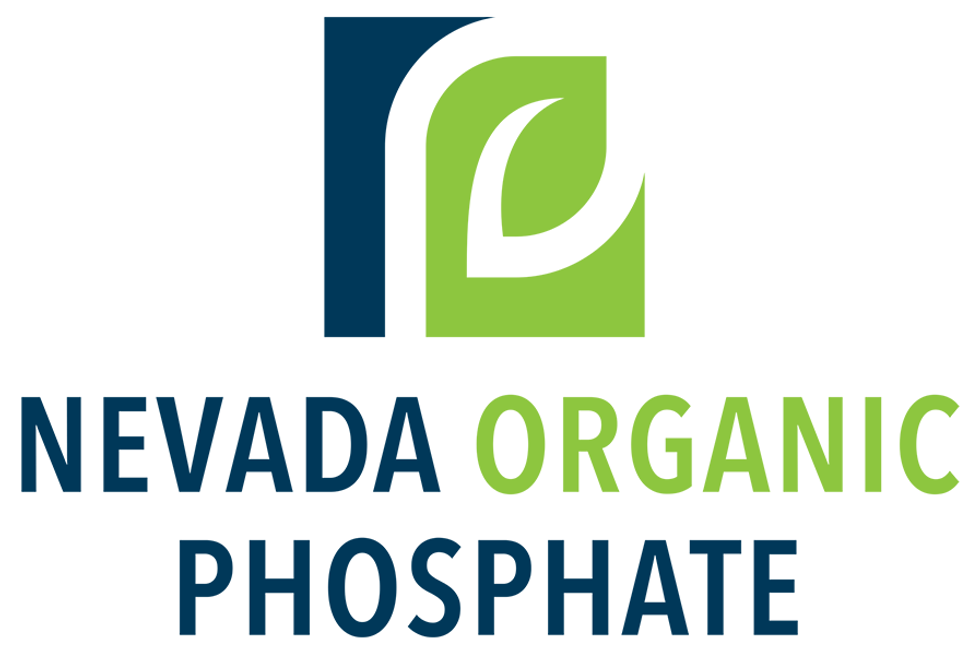- AustraliaNorth AmericaWorld
Investing News NetworkYour trusted source for investing success
- Lithium Outlook
- Oil and Gas Outlook
- Gold Outlook Report
- Uranium Outlook
- Rare Earths Outlook
- All Outlook Reports
- Top Generative AI Stocks
- Top EV Stocks
- Biggest AI Companies
- Biggest Blockchain Stocks
- Biggest Cryptocurrency-mining Stocks
- Biggest Cybersecurity Companies
- Biggest Robotics Companies
- Biggest Social Media Companies
- Biggest Technology ETFs
- Artificial Intellgience ETFs
- Robotics ETFs
- Canadian Cryptocurrency ETFs
- Artificial Intelligence Outlook
- EV Outlook
- Cleantech Outlook
- Crypto Outlook
- Tech Outlook
- All Market Outlook Reports
- Cannabis Weekly Round-Up
- Top Alzheimer's Treatment Stocks
- Top Biotech Stocks
- Top Plant-based Food Stocks
- Biggest Cannabis Stocks
- Biggest Pharma Stocks
- Longevity Stocks to Watch
- Psychedelics Stocks to Watch
- Top Cobalt Stocks
- Small Biotech ETFs to Watch
- Top Life Science ETFs
- Biggest Pharmaceutical ETFs
- Life Science Outlook
- Biotech Outlook
- Cannabis Outlook
- Pharma Outlook
- Psychedelics Outlook
- All Market Outlook Reports
Rights Issue and Shortfall
Major Study Underscores Need to Reduce Ammonia Loss from Livestock Waste

Bion Environmental Technologies Inc. (OTCQB:BNET) announced that a Colorado State University (CSU) study has determined that ammonia emissions from livestock waste and nitrogen fertilizers have surpassed nitrates (NOx) from fossil fuel emissions “as the dominant source of disruption to the nitrogen cycle”.
Bion Environmental Technologies Inc. (OTCQB:BNET) announced that a Colorado State University (CSU) study has determined that ammonia emissions from livestock waste and nitrogen fertilizers have surpassed nitrates (NOx) from fossil fuel emissions “as the dominant source of disruption to the nitrogen cycle”.
As quoted in the press release:
May 11, 2016. New York, New York. Bion Environmental Technologies, Inc. (OTC QB: BNET), a provider of advanced livestock waste treatment technology, announced that a Colorado State University (CSU) study has determined that ammonia emissions from livestock waste and nitrogen fertilizers have surpassed nitrates (NOx) from fossil fuel emissions “as the dominant source of disruption to the nitrogen cycle”.
The peer-reviewed study, published online May 9 in Proceedings of the National Academy of Sciences, was led by the head of CSU’s Department of Atmospheric Science and includes collaborators from several offices of the US Environmental Protection Agency, the National Park Service and the National Atmospheric Deposition Program. Among the report’s conclusions: “future progress toward reducing U.S. nitrogen deposition will be increasingly difficult without a reduction in ammonia emissions”.
Bion’s technology platform provides dramatic reductions of ammonia emissions from livestock waste. Bion recognized early in its R&D process that a substantial amount of nitrogen in the livestock waste stream escapes through the volatilization of ammonia. Ammonia is a precursor to the formation of particulate matter that is harmful to humans. Moreover, the reactive nitrogen in ammonia is subsequently redeposited in the watershed through atmospheric deposition, where it contributes to nutrient runoff that fuels toxic algal blooms and dead zones, contamination of aquifers and drinking water, soil acidification and loss of biodiversity.
- Bion’s 2nd generation technology platform utilizes biological processes that largely eliminate ammonia emissions, producing harmless nitrogen gas instead.
- Bion’s 3rd generation platform utilizes an ammonia recovery process (patent applied for September 2015) to capture ammonia, which is then processed into value-added stable fertilizer.
NOx emissions (nitrogen oxides) from fossil fuel combustion, including automobile and power plant emissions, have been regulated by US EPA for decades, resulting in substantial decreases of this pollutant. It has also resulted in billions of dollars in spending on pollution control technologies such as smokestack scrubbers and catalytic converters. But while nitrate levels were dropping, ammonia emissions (which are not regulated at this time) from agriculture were increasing. According to the CSU press release, “the researchers describe a slow, measurable shift in sources of nitrogen deposition – reactive nitrogen moving from the atmosphere to the biosphere – that continues to wreak havoc on ecosystems”.
Bion Communication Director, Craig Scott, stated:
We are gratified that the CSU study validates what we have said for 25 years: that ammonia emissions from livestock waste are one of the largest sources of excess nutrients in many U.S. watersheds. Over the years, Bion has been far ‘ahead of the curve’ on this and many other issues related to the environmental impacts from livestock waste.
Although beyond the scope of this study, it is important to note that the only way to mitigate atmospheric deposition of nitrogen from livestock waste is to stop the ammonia emissions from occurring in the first place, as had to be done with NOx emissions from fossil fuels. Once the ammonia has reached the atmosphere, much of the damage is done; and with respect to its contribution to nutrient runoff, only a portion of that nitrogen can be captured downstream from where it is redeposited, and it is very expensive to do so. Bion’s comprehensive treatment technology can provide more effective solutions to air- and water-borne nutrients from livestock waste, as well as greenhouse gases and pathogens, for substantially less than we spend today on water treatment alone.
Connect with Bion Environmental Technologies Inc. (OTCQB:BNET) to receive an Investor Presentation.
Outlook Reports
Featured Agriculture Investing Stocks
Browse Companies
MARKETS
COMMODITIES
| Commodities | |||
|---|---|---|---|
| Gold | 2347.14 | -16.57 | |
| Silver | 28.47 | +0.34 | |
| Copper | 4.33 | +0.07 | |
| Oil | 84.65 | -1.01 | |
| Heating Oil | 2.64 | -0.04 | |
| Natural Gas | 1.72 | -0.05 | |
Investing News Network websites or approved third-party tools use cookies. Please refer to the cookie policy for collected data, privacy and GDPR compliance. By continuing to browse the site, you agree to our use of cookies.

